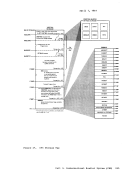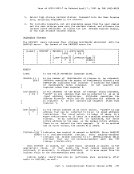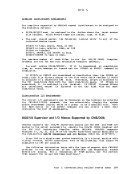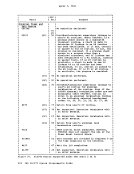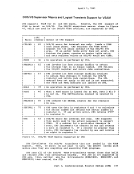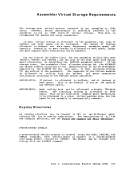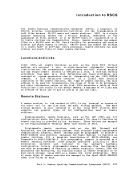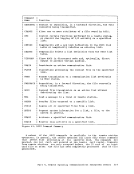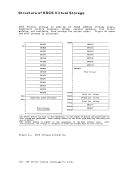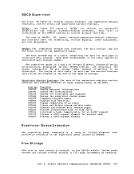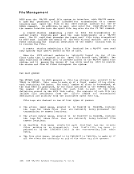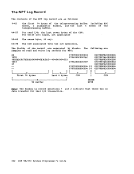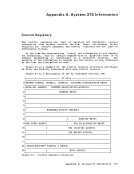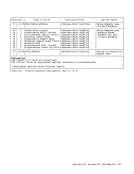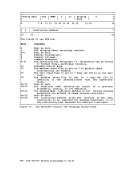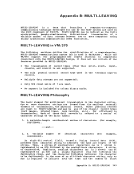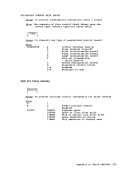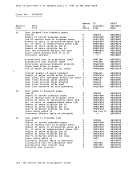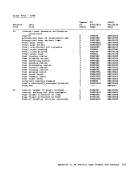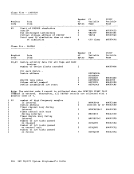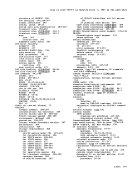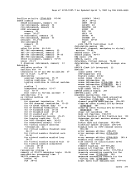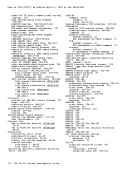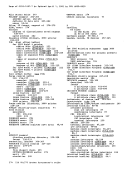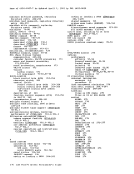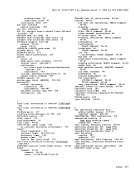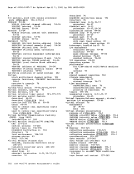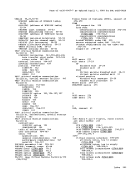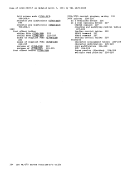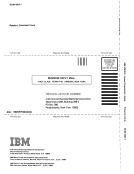3. The virtual machine with the virtual=real option operates in the
preallocated storage area with normalCCW translation in effect until the CP SET NOTRANS ON command is At that time; wiTh several exceptions, all subsequent I/O operations are performed from the virtual CCwsin the virtual=real space without translation. The exceptions occur under any of the following
conditions:• SIO tracing active • First CCW not in the V=R region • I/O operation is a sense command • I/O device is a dial-up terminal • I/O is for a nondedicated device
(spooled unit record console virtual CTCA
or minidisks that are less than a full volume)• I/O device has an alternate path • Pending device status
Any of the above conditions will forceCCW translation. Since
minidisks are nondedicated devices, they may be used by programs
running in theV=R region even though CP SET NCTRANS ON is in IPL, then
the normalCCW translation goes into effect until the CP SET NOTRANS ON command is again issued. This permits simulation of an IPL sequence by CP. Only the virtual=real virtual machine can
issue the command.A message is issued if normal translation mode
is entered.
5. A virtual=real machine is not allowed toIPL a named or shared
system. It mustIPL by device address. 6. When NOTRANS is in effect for a virtual=real machine. no meaningful
SEEK data is collected byMONITOR operations. AFFINITY This option allows virtual machines that operate on attached processor
systems to select the processor of their choice for program execution.
To select the affinity option, use the directoryOPTION statement. or
specify theAFFINITY operand on the class A. B. F. or G SET command.
The directoryOPTION statement is described in the SET commands are
described in theSET command is
described in theVML11Q fOf
preference of operation to either (or neither) processor. Affinity of
operation for a virtual machine means that the program of that virtual
.achine will be executed on the selected or named processor. It does
not imply that supervisory functions and theCP housekeeping functions
associated with that virtual machine will be handled by the same
processor.Part 2. Control Program (CP) 97
preallocated storage area with normal
conditions:
(spooled unit record console virtual CTCA
or minidisks that are less than a full volume)
Any of the above conditions will force
minidisks are nondedicated devices, they may be used by programs
running in the
the normal
issue the command.
is entered.
5. A virtual=real machine is not allowed to
system. It must
SEEK data is collected by
systems to select the processor of their choice for program execution.
To select the affinity option, use the directory
specify the
The directory
described in the
described in the
preference of operation to either (or neither) processor. Affinity of
operation for a virtual machine means that the program of that virtual
.achine will be executed on the selected or named processor. It does
not imply that supervisory functions and the
associated with that virtual machine will be handled by the same
processor.

























































































































































































































































































